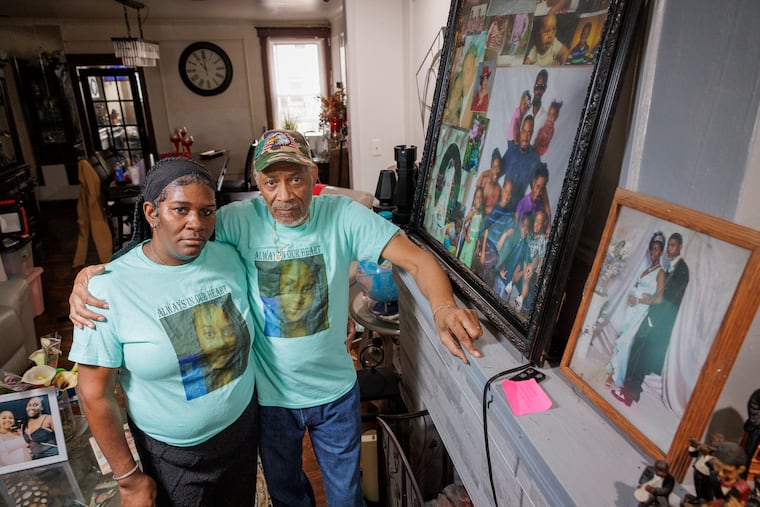A mother of four got killed. It should have been big news.
If Kasheeda Jones had been white, and driving a minivan, her death could be national — or even international — news. But in Philly, it was just another Friday night.

If Kasheeda Jones had been white, and driving a minivan, her death could be national — or even international — news. But in Philly, it was just another Friday night.
